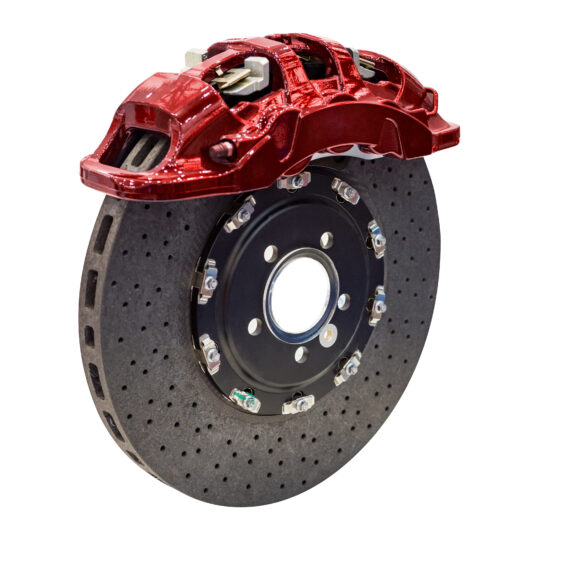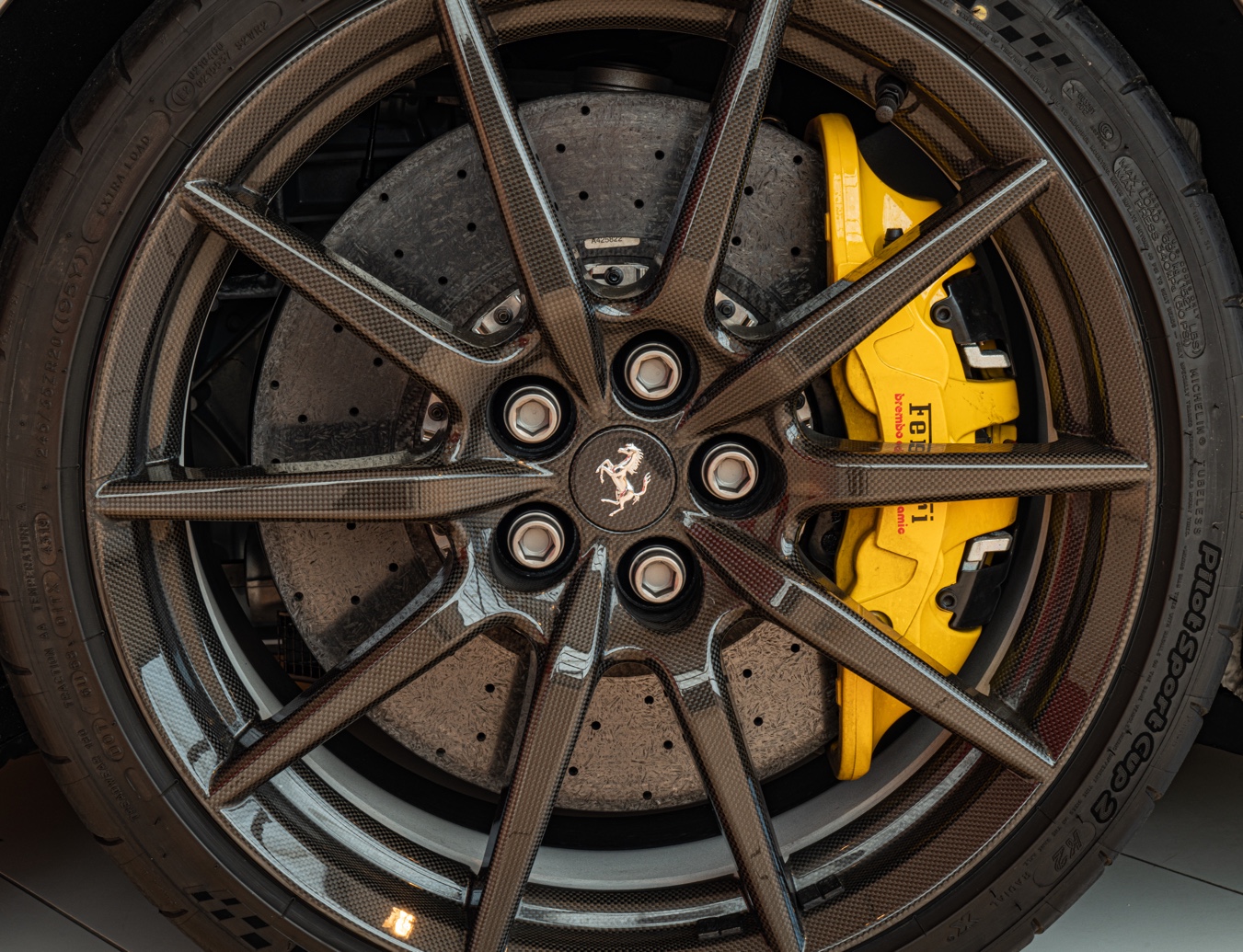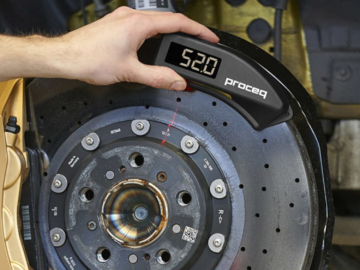Have you ever wondered how carbon-ceramic discs are made?
There are several manufacturers of discs in the world, among the most well-known are Bremo, SGL Carbon and Surface Transforms. Each of them uses secret technology and processes that are not known to the general public. In this article, we will define in general terms how a carbon disc is formed.
The average production time for such a disc is 21 days, which is why these products are so highly valued and extremely expensive. The process of making the discs starts with the preparation of the carbon fibre and the powdering of the phenolic resin. These two ingredients are “poured” into an aluminium mould. First, the mould is filled only halfway, then aluminium nozzles (which help to form the air ribs) are inserted, and the rest of the mixture is filled. They assemble the moulds, compress them between loads and place them in a furnace at 200°C. The carbon fibres are soaked, forming a carbon matrix that looks the same as the finished product, but is still plastic.
In the next step, the matrix is placed in an oven for the pyrolysis process. This takes several days. At the end of this process, a carbon-ceramic matrix is obtained (carbonisation).
In the next step, silicon powder is added and liquefied at high temperature. The infiltration of liquid silicon (siliconisation) at 1700°C in a vacuum atmosphere produces a new material, SiC (silicon carbonate).
The disc ring then goes into the chamber where it receives the protective paint. The paint protects the carbon inside the disc from oxygen, which is crucial because oxygen burns carbon at high heat.
CCB discs have an extra layer of protection on the outer friction layer, making the surface smoother to the touch.


